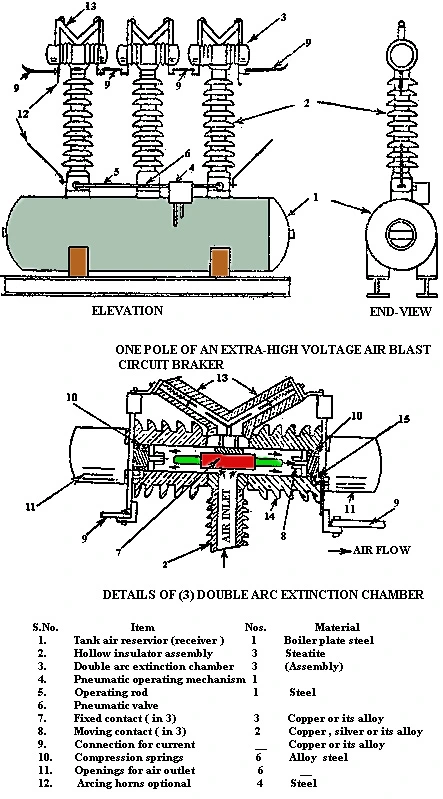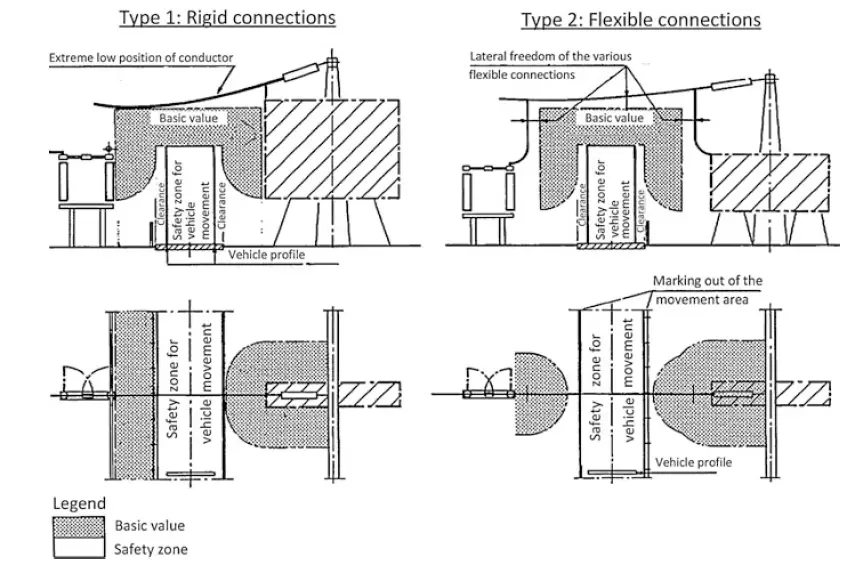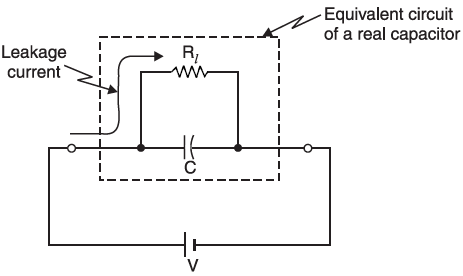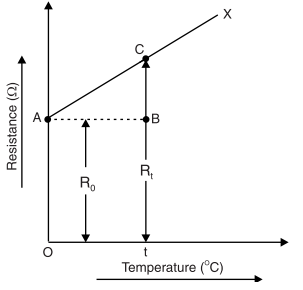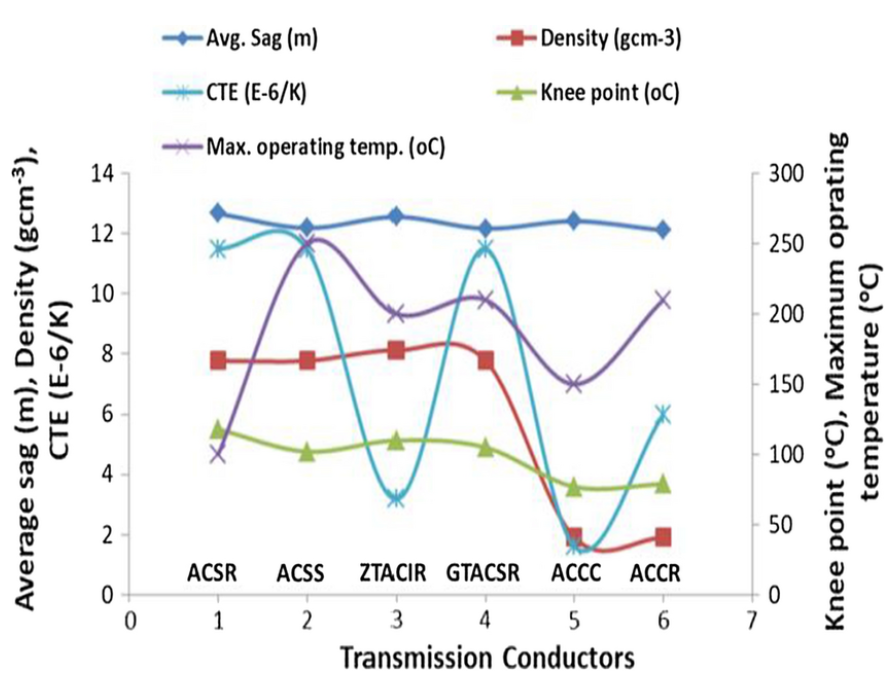CIRCUIT BREAKER KEEPS TRIPPING? Discover the Simple Way to Stop It for Good
A circuit breaker keeps tripping is a frustrating problem for everyone without any apparent reason. After the reset of the circuit breaker, the power flows into the circuit, but soon it trips. It’s true, the issue annoys everyone, but in reality, the circuit breaker is only operating to …



























